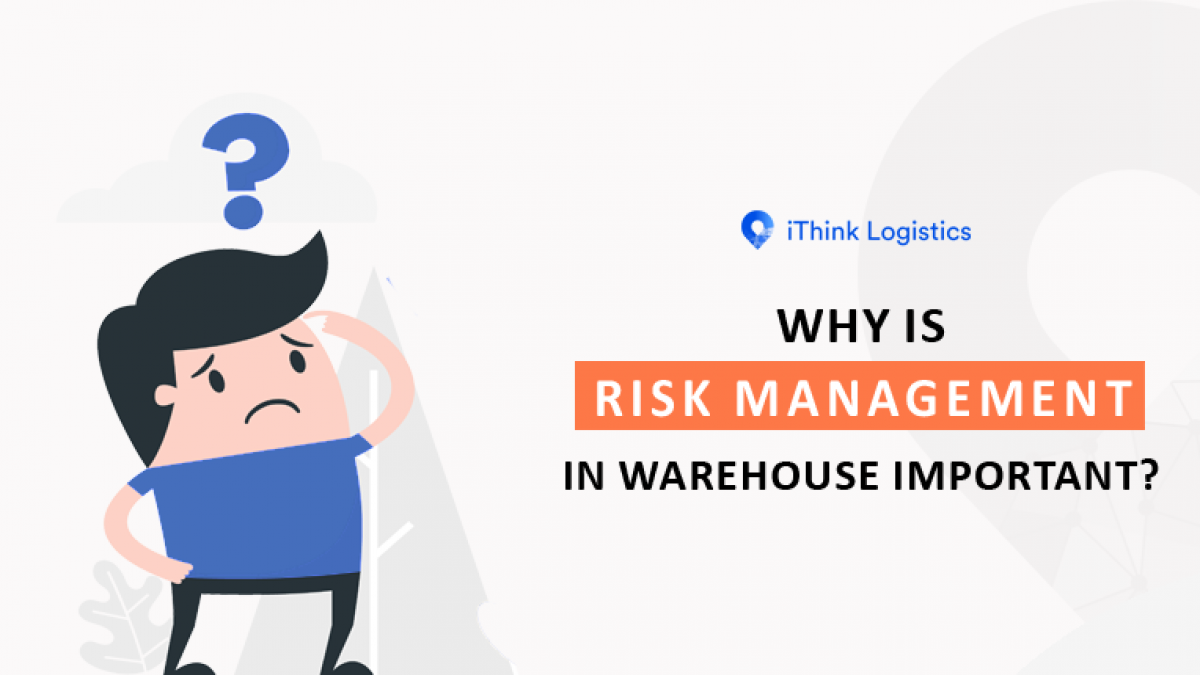How the Importance of Risk Management Shapes Effective Leadership
How the Importance of Risk Management Shapes Effective Leadership
Blog Article
The Relevance of Recognizing the Value of Risk Management in Different Industries

The Core Principle of Risk Management and Its Purpose
Risk Management, the cornerstone of several industries, rests on the identification, evaluation, and reduction of uncertainties in a business atmosphere. It is an important method that permits companies to secure their assets, track record, and total survival. By properly recognizing prospective threats, businesses can establish techniques to either protect against these dangers from occurring or minimize their influence. The evaluation process includes assessing the probability and potential extent of these threats. When risks have actually been recognized and examined, the reduction process includes developing methods to minimize their prospective effect. This process is cyclical and continuous, guaranteeing that organizations are planned for the ever-changing nature of Risk in various markets. The main objective, hence, is to cultivate strength among unpredictabilities.
Advantages of Carrying Out Risk Management in Organization Workflow

Introducing the Function of Risk Management in Different Industries
While every sector faces its one-of-a-kind collection of risks, the execution of Risk Management methods remains a typical in their quest of sustainability and development. In the healthcare market, Risk Management involves guaranteeing patient security and information security, while in financing, it includes mitigating investment dangers and making certain regulative conformity (importance of risk management). Building and construction business concentrate on employee safety, job delays, and budget overruns. In the innovation field, companies minimize cybersecurity threats and modern technology obsolescence. Ultimately, the function of Risk Management throughout sectors is to identify, evaluate, and alleviate dangers. It is a vital element of this critical preparation, making it possible for organizations to secure their properties, take full advantage of opportunities, and accomplish their purposes.
Real-life Instance Researches Showing Successful Risk Management
To understand the value of Risk Management in these many industries, one can seek to numerous real-life circumstances that illustrate the successful application of these measures. For instance, in the energy industry, British Petroleum established Risk mitigation prepares post the 2010 Gulf of Mexico oil spill. They applied much better security procedures and more stringent guidelines which dramatically lowered more crashes. Similarly, in money, Goldman Sachs efficiently navigated the 2008 economic dilemma by determining prospective mortgage-backed safety and securities risks early. Last but not least, Toyota, upload the 2011 earthquake in Japan, revised its supply chain Management to minimize home interruption risks. These situations show exactly how sectors, picking up from situations, properly applied Risk Management methods to decrease future threats.
Future Patterns and Growths in Risk Management Techniques
As the globe remains to advance, so too do the patterns and advancements in Risk Management approaches. Rapid advancements in modern technology and information analytics are improving the Risk landscape. Big data and AI are now critical in predicting and alleviating risks. Organizations are leveraging these devices to build predictive designs and make data-driven choices. Cybersecurity, as soon as a peripheral worry, has actually catapulted to the forefront of Risk Management, with strategies concentrating on detection, avoidance, and feedback. The assimilation of ESG (Environmental, Social, Administration) factors right into Risk Management is another expanding pattern, showing the enhancing recognition of the role that social and environmental dangers play Get More Info in service sustainability. Thus, the future of Risk Management lies in the blend of innovative modern technology, ingenious techniques, and an alternative approach.
Conclusion
Finally, recognizing the significance of Risk Management throughout a range of markets is crucial for their long life and prosperity. Tailored strategies can aid reduce potential risks, protect assets, and foster stakeholder trust. In addition, aggressive decision-making help in regulative conformity and optimizes source usage. Eventually, effective Risk Management adds to extra lasting and resilient services, highlighting the significance of this practice in today's vibrant and very competitive organization setting.
While every sector confronts its special collection of threats, the execution of Risk Management approaches continues to be a typical denominator in their quest of sustainability and growth. In the health care field, Risk Management entails making sure patient safety and data defense, while in money, it involves mitigating investment threats and making sure governing compliance. Inevitably, the role of Risk Management across markets is to identify, examine, and alleviate risks. These cases show how markets, discovering from dilemmas, efficiently applied Risk Management strategies to reduce future threats.

Report this page